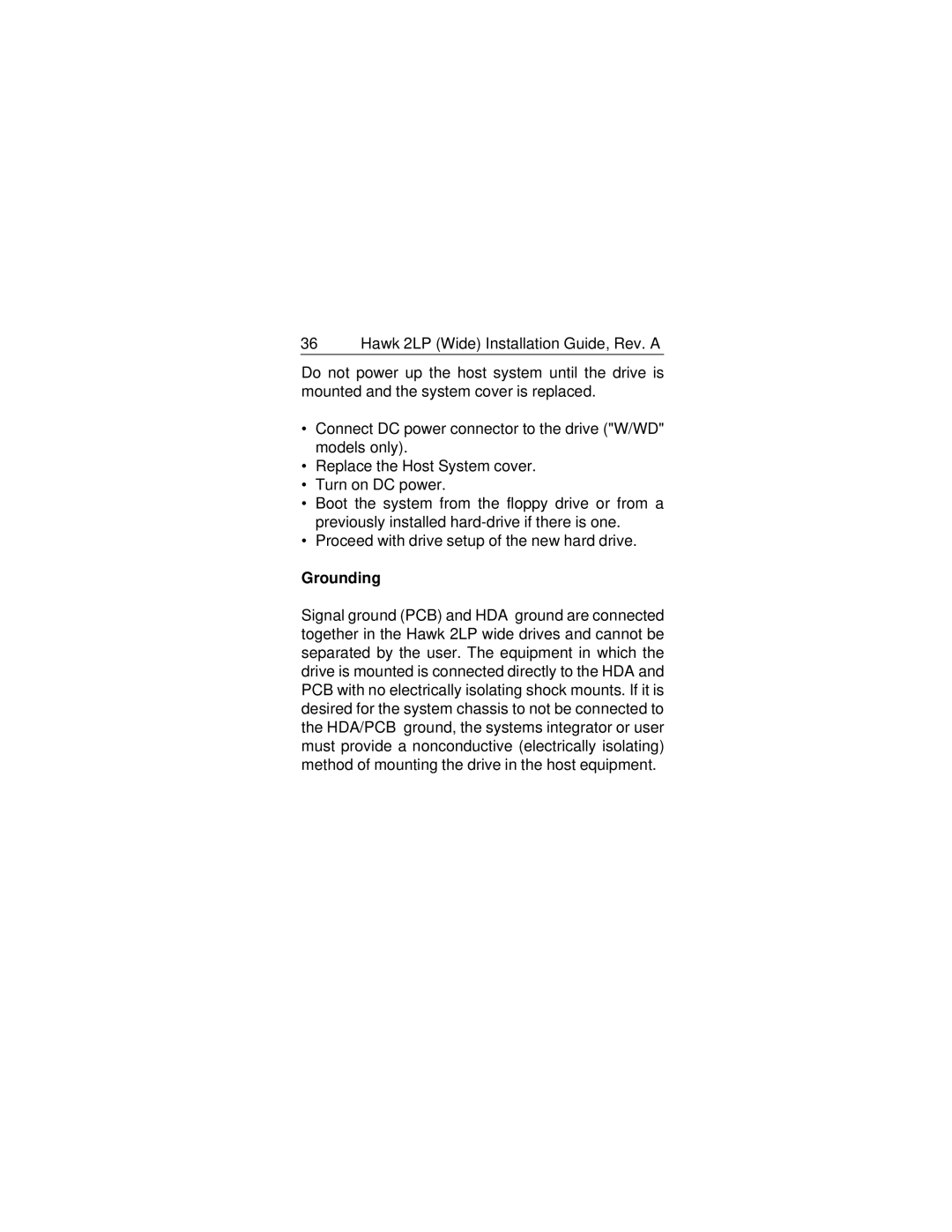ST31230DC, ST31230W, ST32430W, ST31230WD, ST32430DC specifications
Seagate, a pioneering force in the hard drive industry, introduced a series of SCSI disk drives in the early 1990s, notably the ST32430WC, ST32430WD, ST31230WC, ST32430DC, and ST31230WD. These drives showcased innovative features and cutting-edge technology for the era, establishing a benchmark for performance and reliability.The ST32430WC and ST32430WD are notable for their high-performance capabilities. With a storage capacity of 2.1 GB, these drives were designed primarily for workstations and servers. They utilized a fast 10,000 RPM spindle speed, enabling quick data access and improved data throughput. The "WC" and "WD" designations indicate SCSI interface types, with the "WC" models featuring Wide SCSI support, offering increased data transmission rates. Additionally, the drives implemented Seagate's advanced error correction and data integrity technologies, which ensured reliability for enterprise applications.
On the other hand, the ST31230WC and ST31230WD offered similar specifications but came with slightly different capacities, reaching up to 1.0 GB. Like their higher-capacity counterparts, these drives provided wide interface capabilities and boasted robust error correction features. Their reliability and performance made them ideal for small servers and high-performance workstations where quick access to data was a crucial requirement.
The ST32430DC, or the "DC" model, was designed with a focus on different enterprise applications. This variant exhibited a dual-port SCSI interface, allowing for connectivity to multiple systems. This feature made it highly suitable for multiprocessing environments, where uptime and data access rates are paramount. The drive's design was geared towards high-availability systems that required redundancy and consistent performance.
All these models leveraged Seagate's commitment to building high-reliability drives with extended lifespans. They were equipped with advanced thermal management features, ensuring stable operation even under heavy workloads. This technological foundation, combined with superior craftsmanship, positioned Seagate as a leader in the SCSI market during this pivotal time in computing history.
As the technology landscape has evolved, the ST32430 and ST31230 series may now be considered retro, but their legacy remains significant. They paved the way for modern storage solutions, and their development reflects a crucial period in the evolution of data storage technology. The foundational principles established in these drives continue to influence the design and functionality of today's advanced storage systems.
